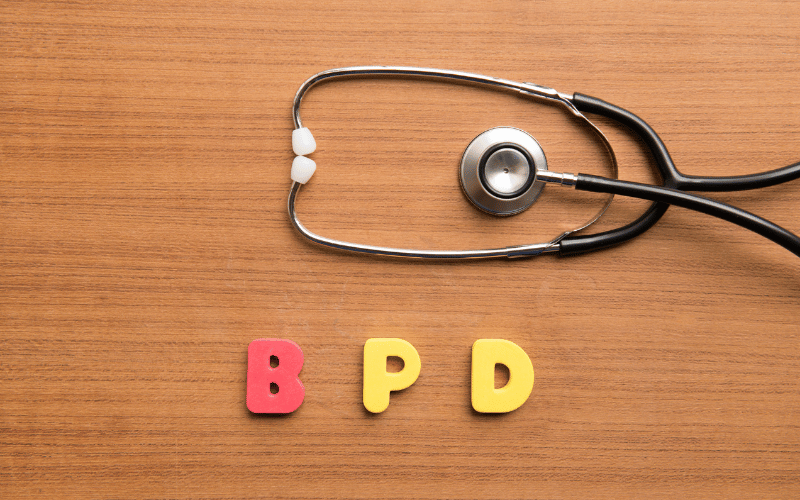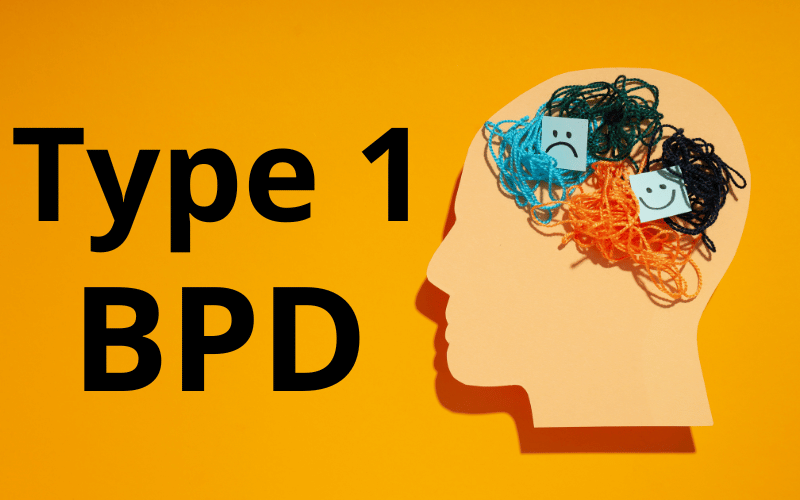Introduction

Borderline Personality Disorder, commonly known as BPD or Emotionally Unstable Personality Disorder, is more than just a buzzword in the world of mental health. It’s a serious condition, with ramifications that extend far beyond the person diagnosed. Affecting personal relationships, self-image, and emotional stability, BPD isn’t monolithic. Instead, it branches out, revealing itself in various nuanced forms. But how many are aware that BPD isn’t a single, uniform condition? That’s right; it manifests in multiple types, each with its unique set of characteristics.
To truly grasp BPD, imagine standing at the edge of a vast ocean. The waves crashing at the shore represent the emotional turmoil, while the depths beneath symbolize the complexity of the condition. Now, if this ocean were to be divided into distinct territories, each would represent a subtype of BPD. Just as every territory has its flora, fauna, and characteristics, every BPD subtype has its symptoms, challenges, and intricacies.
In this detailed examination, we will explore these territories, navigating the challenges of each subtype of BPD. The journey promises to be enlightening for both professionals in the field and those curious about the disorder. By the end, the veil of ambiguity surrounding BPD will be lifted, revealing a clearer, more profound understanding of this condition.
Type 1: Discouraged Borderline Personality Disorder

One of the most palpable feelings in individuals with Discouraged BPD is an all-consuming sense of emptiness. It’s not just an occasional feeling of loneliness or isolation; it’s an intense void that’s pervasive and relentless. Every waking moment feels like staring into a hollow space where joy, passion, and purpose once existed. They yearn for a sense of fulfillment, trying desperately to fill this emptiness with relationships, achievements, or even material things. But often, these attempts prove futile, leaving them even more dejected.
Another haunting sensation for these individuals is the perpetual fear of abandonment. Every relationship, be it familial, romantic, or platonic, is overshadowed by this fear. It’s not just the physical act of someone leaving; even a slight change in tone, an unanswered call, or a missed appointment can spiral them into panic. They’re always on the edge, expecting the worst, making them overly clingy or completely distant, trying to safeguard their fragile hearts.
When we talk about their emotional state, it’s a whirlwind. The transition from joy to sorrow, from hope to despair, happens in the blink of an eye. These rapid mood swings are exhausting. One minute, they could be laughing, and the very next, they could be in tears, and what’s heartbreaking is that they often can’t pinpoint a reason for these shifts. This unpredictability makes it challenging for them and those around them to maintain a steady relationship.
Solitude is their enemy. The very idea of being alone, of not having a shoulder to lean on, is tormenting. They constantly seek companionship, sometimes even in toxic relationships, just to escape the torment of their thoughts when alone. This craving for company often makes them vulnerable, leading to instances where they’re exploited or hurt, further intensifying their fear of abandonment.
In essence, living with Discouraged BPD is like walking on a tightrope over a chasm of tumultuous emotions. Every step is uncertain, every gust of wind threatening to unbalance them. Yet, with the right support, therapy, and understanding, they can not only walk this tightrope but also find moments of joy and hope, cherishing the little victories and moments of tranquillity. (1)